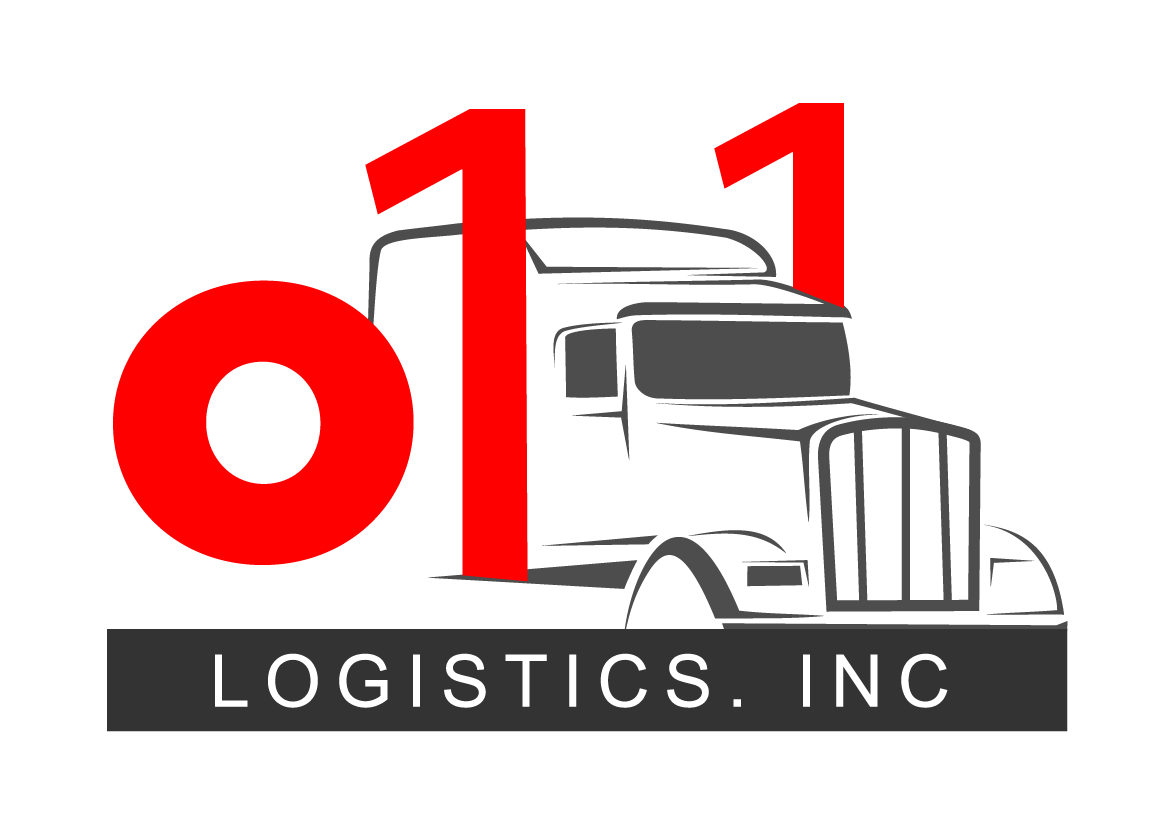What are Freight Classes?

Different freight classes are designed to help you get common standardized freight pricing for your shipment when working with different carriers, warehouses, and brokers. Freight classes are defined by the National Motor Freight Traffic Association (NMFTA) and made available through the NMFC or National Motor Freight Classification.
Different freight classes (there are 18 of them) are based on weight, length, and height, density, ease of handling, value and liability from things like theft, damage, break-ability, and spoilage. For the most part, the lower the NMFC class number, the lower the freight charge.
Understanding Freight Class is Critical
Knowing the NMFC numbers and corresponding classes of whatever you ship – or are having shipped for you – is critical if you want to obtain reliable, competitive pricing for the goods you are moving. If it is your first time shipping an item, or if you are not sure which LTL shipping class to select, there are several resources you can turn to for help.
One of your best options is to:
- contact o11logistics.com,
- speak with a highly trained specialist,
- have our personnel help you determine the correct class for your item, and
- avoid extra charges later on
But you can also contact the manufacturer of the item you are shipping since, in most cases, they will be familiar with the NMFC codes for their products.
Alternatively, you may prefer to call the National Motor Freight Traffic Association (NMFTA) directly for assistance with the classification of your items. And as a last resort, you can always perform an internet search for the correct LTL freight class for your item – though this may not always yield reliable results.
The bottom line is that accurate freight class knowledge will help you avoid expensive surprises and pointless after-the-fact arguments with carriers. And that is crucial. Because by agreeing to a carrier’s tariff and tendering freight to that carrier, shippers – or buyers of freight who provide a bill of lading to their shippers – are legally and contractually liable for any errors in description, weight, class, or NMFC number, should those details have safety or loss implications.
So, use the O11 Logistics shipping specialists as your go-to resource for avoiding unforeseen problems – then save money by obtaining your LTL pricing online.
| Class | Example Shipments | Weight Range per Cubic Foot |
| Class 50 | Fits on standard shrink-wrapped 4×4 pallet, very durable | Over 50 Lbs. |
| Class 55 | Bricks, cement, mortar, hardwood flooring | 35 – 50 Pounds |
| Class 60 | Car accessories & Car Parts | 30 – 35 Pounds |
| Class 65 | Car accessories & Car Parts, bottled beverages, books in boxes | 22.5 – 30 Pounds |
| Class 70 | Car accessories & Car Parts, food items, automobile engines | 15 – 22.5 Pounds |
| Class 77.5 | Tires, bathroom fixtures | 13.5 – 15 Pounds |
| Class 85 | Crated machinery, cast iron stoves | 12 – 13.5 Pounds |
| Class 92.5 | Computers, monitors, refrigerators | 10.5 – 12 Pounds |
| Class 100 | Boat covers, car covers, canvases, wine cases, caskets | 9 – 10.5 Pounds |
| Class 110 | Cabinets, framed artwork, table saw | 8 – 9 Pounds |
| Class 125 | Small Household appliances | 7 – 8 Pounds |
| Class 150 | Auto sheet metal parts, bookcases | 6 – 7 Pounds |
| Class 175 | Clothing, couches stuffed furniture | 5 – 6 Pounds |
| Class 200 | Auto sheet metal parts, aircraft parts, aluminum table, mattresses | 4 – 5 Pounds |
| Class 250 | Bamboo furniture, mattress and box spring, plasma tv | 3 – 4 Pounds |
| Class 300 | Wood cabinets, tables, chairs setup, model boats | 2 – 3 Pounds |
| Class 400 | Deer antlers | 1 – 2 Pounds |
| Class 500 | Low density/high value: Bags of gold dust, ping pong balls | Less than 1 pound |
